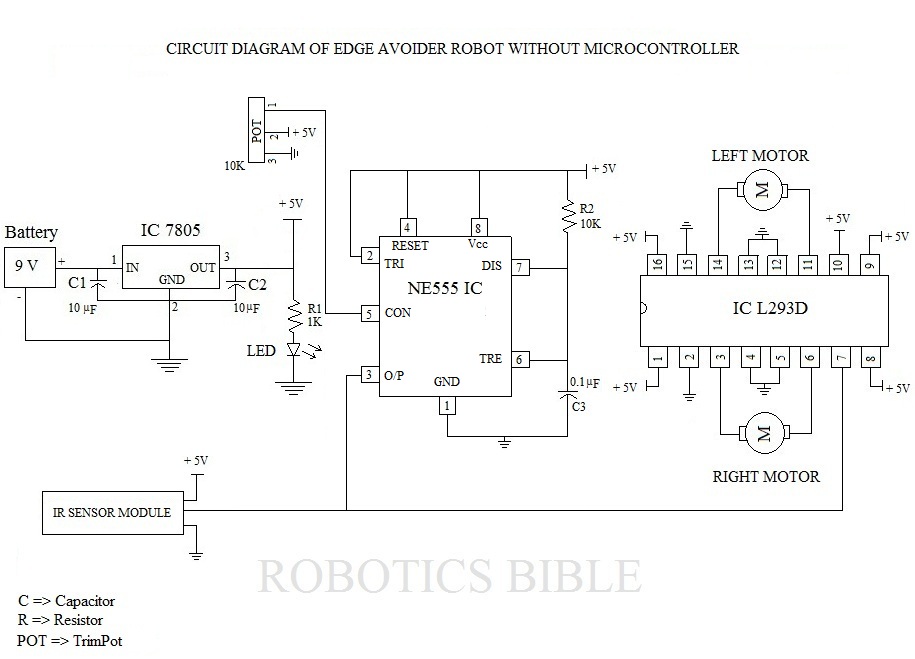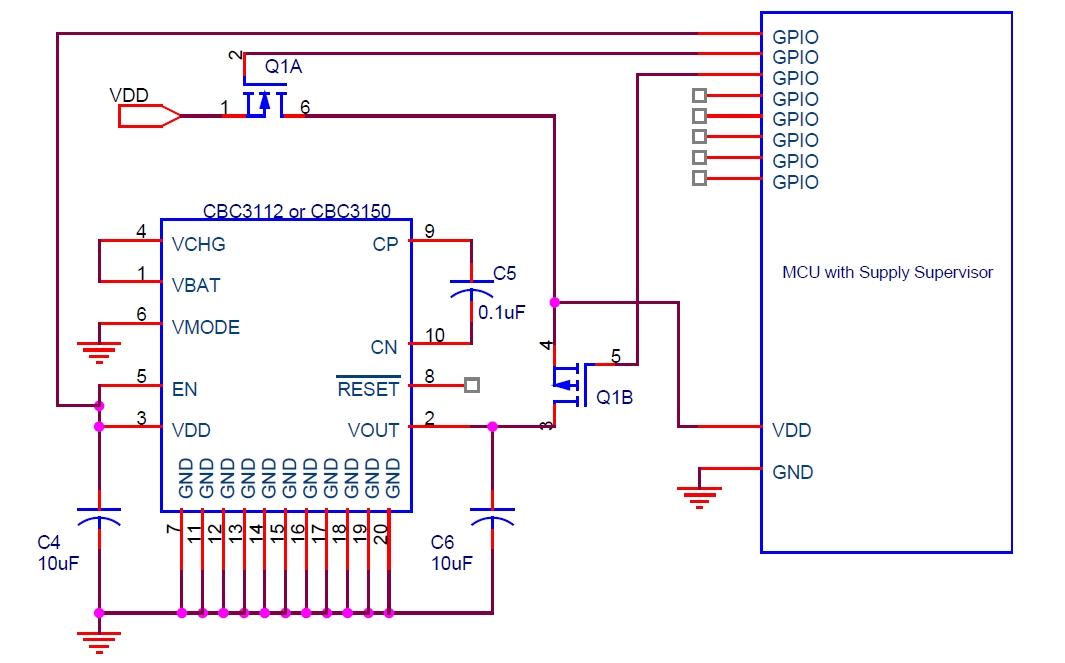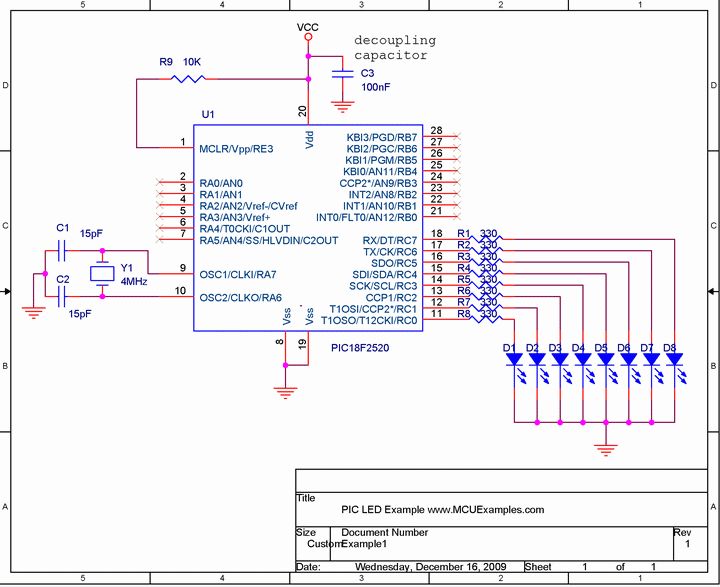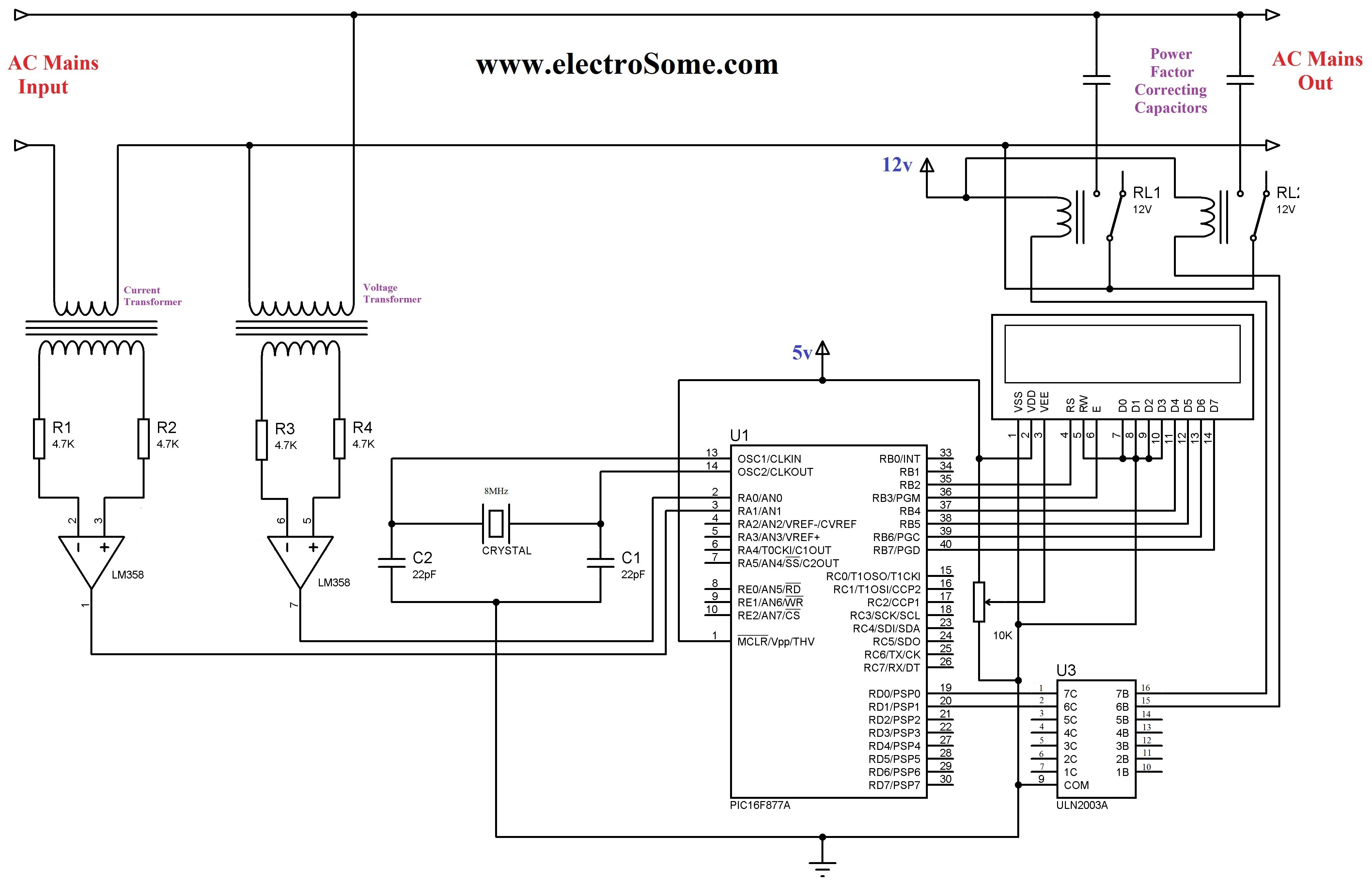
Microcontroller
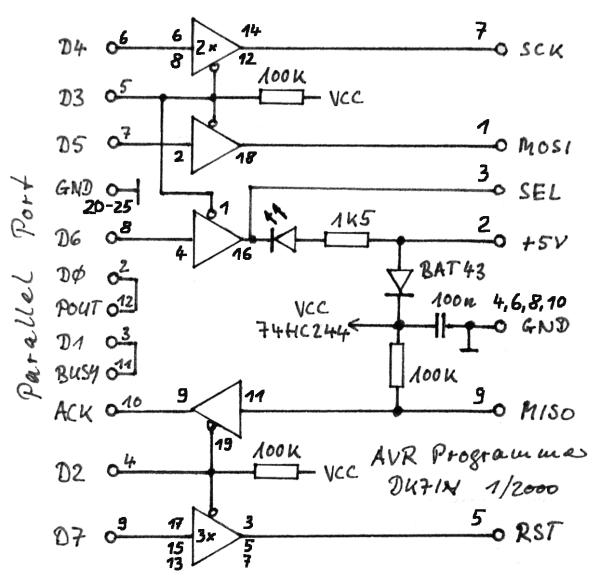
The gap between TTL (Transistor-Transistor Logic) devices and personal computers can be effectively bridged with modern microcontrollers. These microcontrollers not only incorporate a central processing unit (CPU) but also include program and data memory, EEPROM, input/output (I/O) ports, timers, and in some cases, analog-to-digital converters (ADC) and universal asynchronous receiver-transmitters (UART). This integration allows for the creation of a compact computer system on a single chip. The advantages of these microcontrollers include low power consumption and minimal space requirements. Contemporary microcontrollers often feature flash memory for program storage, enabling programming directly within the target system with ease. Initial experiences began with the Microchip PIC16F84, which offered 1k of program memory and limited data memory. Currently, the focus has shifted to the Atmel AT90S4433, which provides 4k of program memory, 256 bytes of data memory, and 128 bytes of EEPROM, along with built-in A/D converter and UART capabilities.
Modern microcontrollers serve as versatile solutions for bridging the gap between traditional TTL devices and personal computing systems. Their architecture typically includes a CPU that executes instructions, alongside various integrated memory types. The program memory, often implemented as flash memory, allows for easy updates and modifications without the need for external programming hardware. This feature is particularly beneficial in embedded applications, where flexibility and adaptability are crucial.
The inclusion of EEPROM facilitates non-volatile storage, enabling the retention of critical data even when power is removed. I/O ports provide connectivity for interfacing with other devices, sensors, and external components, allowing for a wide range of applications from simple control systems to complex data acquisition setups. Timers are essential for generating precise timing signals and managing events, contributing to the overall functionality of the microcontroller.
In terms of performance, the transition from the Microchip PIC16F84 to the Atmel AT90S4433 illustrates the evolution of microcontroller capabilities. The latter's increased program and data memory capacity allows for more sophisticated applications and complex algorithms. The built-in A/D converter is particularly advantageous for applications requiring analog signal processing, while the UART enables serial communication with other devices, enhancing the microcontroller's versatility in networking and data exchange.
Overall, modern microcontrollers represent a significant advancement in electronic design, offering a comprehensive solution that integrates multiple functionalities into a single chip, thereby streamlining development processes and reducing overall system costs.The gap between TTL graves and the PC can be perfectly filled with modern microcontrollers. They not only contain the CPU but also program and data memory, EEPROM, I/O ports, timers, some even ADC and UART. With that you have a complete little computer system on one chip. Advantageous is the low power consumption and the small amount of space need ed. Modern chips have a flash program memory so they could be programmed directly in the target system without any efforts. I started with a MicroChip PIC16F84 until the 1k program memory and the data memory became too small.
Now I`m working with the Atmel AT90S4433, which has 4k program, 256B data and 128B EEPROM memory. A/D Converter and UART are already built in. 🔗 External reference
Modern microcontrollers serve as versatile solutions for bridging the gap between traditional TTL devices and personal computing systems. Their architecture typically includes a CPU that executes instructions, alongside various integrated memory types. The program memory, often implemented as flash memory, allows for easy updates and modifications without the need for external programming hardware. This feature is particularly beneficial in embedded applications, where flexibility and adaptability are crucial.
The inclusion of EEPROM facilitates non-volatile storage, enabling the retention of critical data even when power is removed. I/O ports provide connectivity for interfacing with other devices, sensors, and external components, allowing for a wide range of applications from simple control systems to complex data acquisition setups. Timers are essential for generating precise timing signals and managing events, contributing to the overall functionality of the microcontroller.
In terms of performance, the transition from the Microchip PIC16F84 to the Atmel AT90S4433 illustrates the evolution of microcontroller capabilities. The latter's increased program and data memory capacity allows for more sophisticated applications and complex algorithms. The built-in A/D converter is particularly advantageous for applications requiring analog signal processing, while the UART enables serial communication with other devices, enhancing the microcontroller's versatility in networking and data exchange.
Overall, modern microcontrollers represent a significant advancement in electronic design, offering a comprehensive solution that integrates multiple functionalities into a single chip, thereby streamlining development processes and reducing overall system costs.The gap between TTL graves and the PC can be perfectly filled with modern microcontrollers. They not only contain the CPU but also program and data memory, EEPROM, I/O ports, timers, some even ADC and UART. With that you have a complete little computer system on one chip. Advantageous is the low power consumption and the small amount of space need ed. Modern chips have a flash program memory so they could be programmed directly in the target system without any efforts. I started with a MicroChip PIC16F84 until the 1k program memory and the data memory became too small.
Now I`m working with the Atmel AT90S4433, which has 4k program, 256B data and 128B EEPROM memory. A/D Converter and UART are already built in. 🔗 External reference

